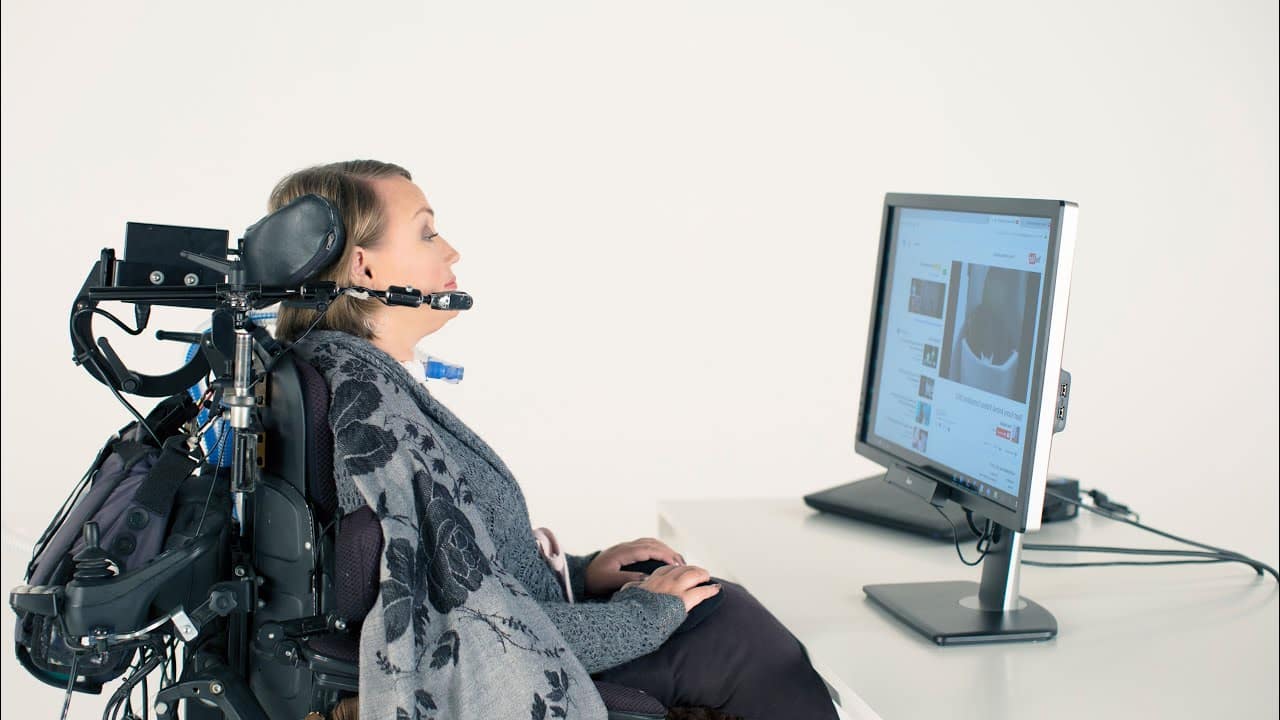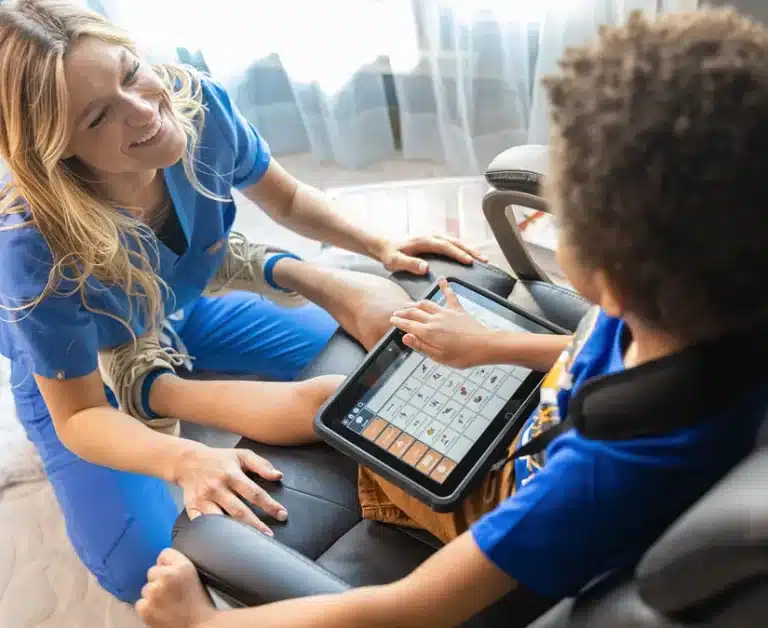
Individuals with Spinal Cord Injury (SCI)
Key facts
- Every year, around the world, between 250 000 and 500 000 people suffer a spinal cord injury (SCI).
- The majority of spinal cord injuries are due to preventable causes such as road traffic crashes, falls or violence.
- People with a spinal cord injury are two to five times more likely to die prematurely than people without a spinal cord injury, with worse survival rates in low- and middle-income countries.
- Spinal cord injury is associated with lower rates of school enrollment and economic participation, and it carries substantial individual and societal costs.
The term ‘spinal cord injury’ refers to damage to the spinal cord resulting from trauma (e.g. a car crash) or from disease or degeneration (e.g. cancer). There is no reliable estimate of global prevalence, but estimated annual global incidence is 40 to 80 cases per million population. Up to 90% of these cases are due to traumatic causes, though the proportion of non-traumatic spinal cord injury appears to be growing.
Symptoms of spinal cord injury depend on the severity of injury and its location on the spinal cord. Symptoms may include partial or complete loss of sensory function or motor control of arms, legs and/or body. The most severe spinal cord injury affects the systems that regulate bowel or bladder control, breathing, heart rate and blood pressure. Most people with spinal cord injury experience chronic pain.
Demographic trends
Males are most at risk in young adulthood (20-29 years) and older age (70+). Females are most at risk in adolescence (15-19) and older age (60+). Studies report male-to-female ratios of at least 2:1 among adults, sometimes much higher.
How can Digital Assistive Technology benefit someone with Spinal Cord Injury?
Lonely, no privacy and isolated from the outside world. This is how many describe life after a spinal cord injury. Going from total independence, to having to rely on others can take its toll on happiness and wellbeing. Using the Tobii Dynavox PCEye to control your computer and access the Internet can help immensely.
With access to a computer, quality of life for those paralyzed by a spinal cord injury improves dramatically. Consuming news and information, socializing and staying in touch with friends and family, work, education and leisure – it all can help put you back in touch with the world and yourself. It can also keep you from being bored. All this has a positive effect on emotional health and overall well-being.
An increasing number of people with spinal cord injuries are regaining complete access to their computers, tablets and the Internet with the help of eye controlled assistive technology devices like the Tobii Dynavox PCEye and TD Pilot.


